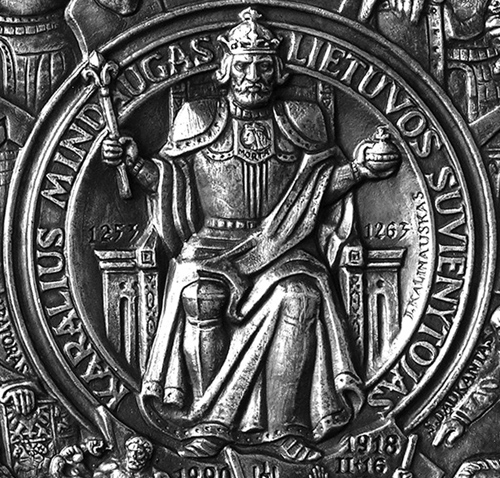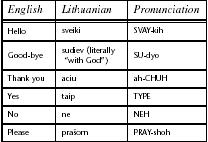So, I’ve been a working girl for two weeks now.
Although I’m still a little stressed out about the job, I like what I’m doing.
To get paid to write is a dream come true, not to mention I get to work from
home for the majority of the time except when I travel to interview people and
attend commercial real estate events. (And I no longer have to work on a
$60/week grocery budget for a family of four!) It’s so wonderful to have a boss
who likes me and is reasonable and patient. After having a boss who didn’t like
me and worked against me for so long, you have no idea what a breath of fresh
air this is!
But today is a time of relaxation (as much as I can
do while cooking and keeping the kids from killing each other at the same time).
I’m kind of excited about this meal. I typically start with making the bread,
but this time I’m starting with the Corn-Bean Salad. It’s a simple salad, but
it needs time to set. In a small bowl, I mixed together 1 c of canned corn, 2 c
of kidney beans (I used light kidney beans), 1 c diced cucumber, a half of an
onion diced, 2 medium tomatoes diced (I bought cherry tomatoes, so I cut up
about 12 or so into quarters), 3 Tbsp olive oil, 1 Tbsp apple cider vinegar, 2
Tbsp minced parsley, and a little salt and pepper to taste. I tossed everything
together to make sure it got mixed consistently before putting it in the fridge
to meld its flavors. To serve it, I just put a few lettuce leaves in the bottom
of a bowl and scooped the salad onto the lettuce leaves. I think this would
make a great summer salad. It was light, refreshing, colorful, and would go
well with a lot of different kinds of foods. I think I’m going to keep this recipe
around for those summer barbecues coming up.
 |
| Surprise Recipe of the Day |
Now I got started on the bread. Well, I couldn’t
find a definitive bread recipe from Luxembourg. I found all kinds of mentions
of breads, most of them French- or German-style breads. But I did find a recipe
for Quetschentaart, a Luxembourger damson prune tart. [NOTE: Now, I’m not a fan
of prunes by any means. Prunes are only eaten for one reason, and one reason
only. Most of the time, I think prunes taste like tobacco-infused hairballs.
However, it was probably by some kind subconscious force that I actually bought
plums instead. In my defense, they taste better and are practically the same
fruit anyway. Oh, and I don’t have a tart tin nor could I find a cheap one at
the last minute, so this was made in a pie tin instead. I guess this is a
two-off recipe. But I digress.] I started with preparing my dough by mixing one
stick of softened butter with 2 ¼ Tbsp sugar, and then I added in an egg and
beat everything until it was fluffy looking. Then I slowly stirred in a cup of
flour and a pinch of salt, kneading it until it became firm. Wrapping it in
plastic wrap as best I could, I put it in the refrigerator to chill for about
30 minutes. While I was waiting on my dough to do its thing, I washed eight
plums, cut them in half and removed the pit. Then I cut them into thin slices
and laid them on a cookie sheet I covered with paper towels. Then I patted them
dry to soak up as much juice as I could. When the dough was ready, I rolled out
the dough and placed it in my 9” buttered pie tin, cutting off the excess and
crimping the edges with a fork. Then I laid my plum slices/wedges in circular
patterns. Once it was filled to the top, I put it in a 400ºF oven (technically,
200ºC converts to 392ºF) for about 30 minutes. It might be a little soggy on
the bottom because of the plum juice, but the edges were really brown. I took
it out and dusted it with a little powdered sugar. (OK, I used a lot of
powdered sugar.) I liked the consistency of the plums, and cutting them thin seemed
to be a good idea. It almost tasted like an apple pie. I think next time I make
this, I might double the dough recipe and place one on top of it. The dough
itself was buttery and had a good flavor. I just would’ve been happier with
more dough to balance out the number of plum slices. But otherwise, I was quite
happy with this. My husband also suggested cooking the plum slices in some
butter and sugar, and then using the dough to make a plum cobbler out of it. I
might try to work that recipe up.
 |
| Full of flavor and veggies. |
Finally, the main dish for today is a green bean
soup called Bouneshlupp. I first fried about five pieces of thick-cut bacon,
and when the bacon was almost done, I threw in some turkey sausage crumbles in
the skillet to cook down together. Then I removed the meat (each separately) and
set it aside. Pouring the bacon fat into my larger pot, I used that to cook
down my finely diced carrot and diced shallot and cooked this for a few
minutes. Then I threw in my minced garlic and green beans. I added enough cold
water to cover the beans and waited for it to come to a boil before reducing it
to a simmer. Once it came to a simmer, I added in about half of the bacon
(crumbling it up, of course), saving the other half for later. Then I covered
it and let it cook for about 20 minutes. After this time, I added in my diced
potatoes and let cook for another 20 minutes with a touch of salt and pepper. I
added in the cooked sausage to the soup and let it simmer for the last 10-15
minutes or so. I served this topped with sour cream, the rest of the crumbled
bacon, and some diced green onions with a side of some Italian bread. This soup
was fantastic! Such a simple soup, but the best part of the soup was the combination
of the dollop of sour cream, the bacon crumbles, and green onions. The kids ate
it up, and so did my husband, and that was important. I’m not even sure if
there’s going to be enough for my lunch tomorrow. I certainly hope so.
 |
| What's not to love? Even my finicky eater of a son ate it, except the green beans. (He decided today he doesn't like those.) |
So, I finally reached the end of the L countries.
And this also marks the four-year anniversary of my blog. This was also one
country past the halfway mark, too. (I didn’t realize Lithuania was the
halfway-mark country.) When I think about where I was in my cooking and baking
abilities at the beginning, I’ve certainly come a long way. There’s a lot to
still learn, though. I guess I can say I’ve made a name for myself as well.
It’s fun; it’s addictive; there are far more expensive or frivolous ways to
spend money. There are a lot of M countries coming up—I’ll be on the M’s until
the end of November. I know I’m only halfway through, but I’m already starting
to figure out what I’m going to do when I get to the end. Desserts only, maybe?
Up next: Macedonia



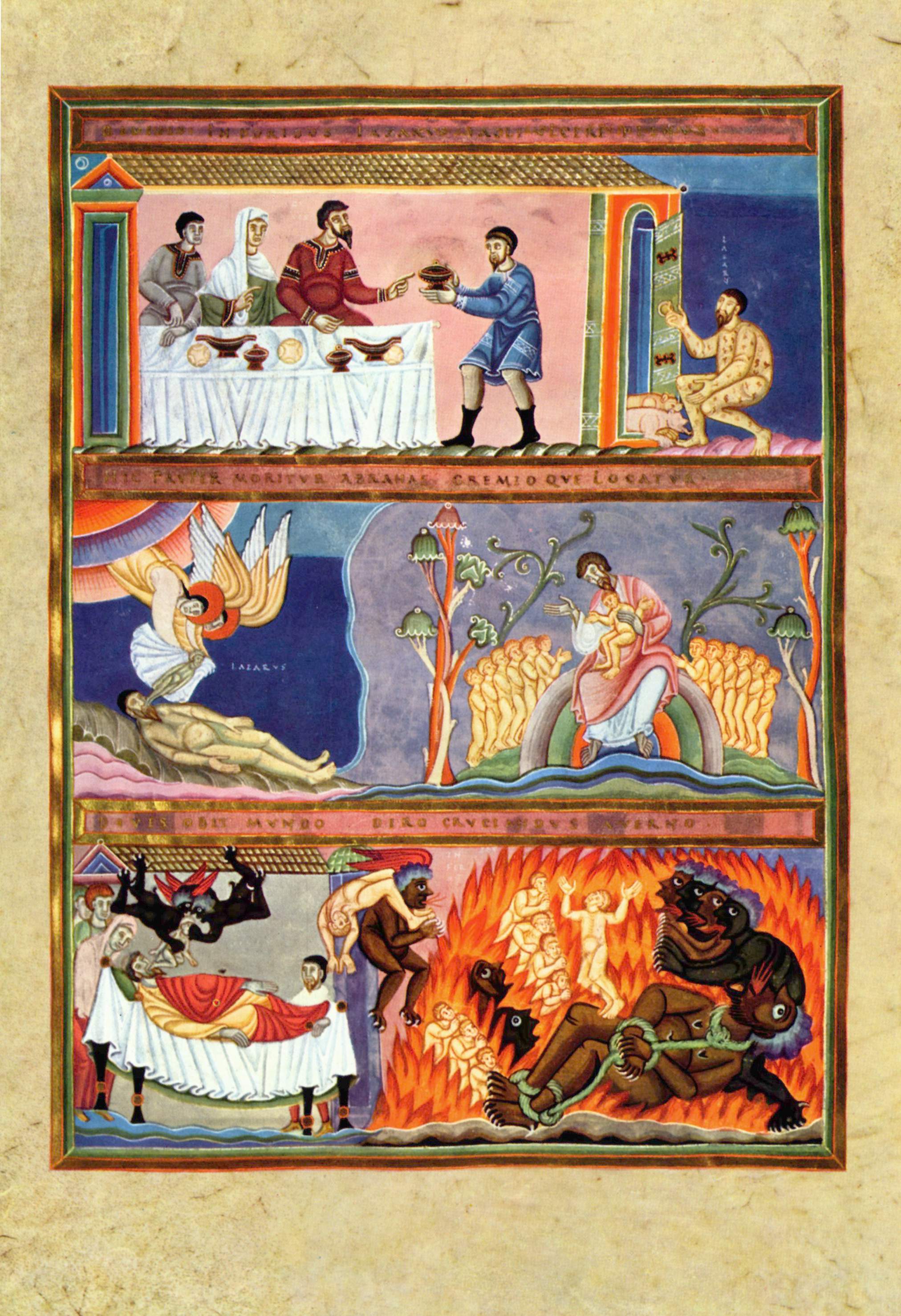



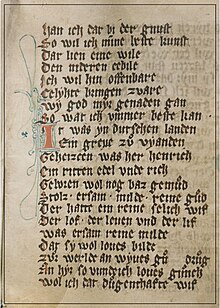



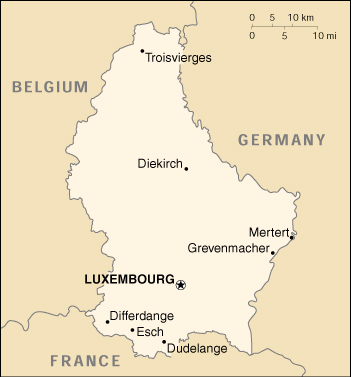
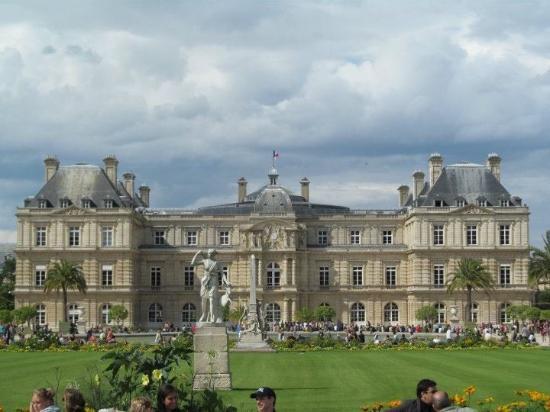



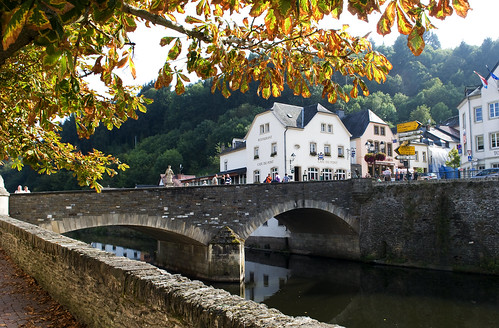







_-_1909.jpg)







